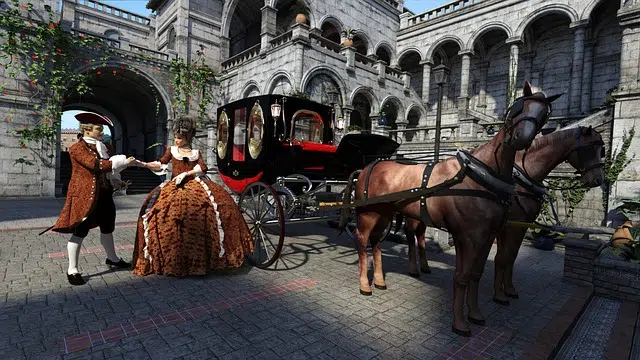
The various strata of a society can be named as estates.
Estate is a term originating from the Latin stamentum that refers to a stratum of society . Said stratum or group is delimited or defined by a common lifestyle and a social function analogous to all its members.
The division of society into classes was characteristic of the so-called Old Regime and feudalism . The estates were, in general, closed: there was no mobility between one and the other. A person was born and grew up within a certain class, without having the possibility of ascending to another. This differentiates the social classes that we know today, which are usually established based on economic criteria and that allow a subject to move from one class to the other.
The estates, however, were not completely closed since, in exceptional circumstances, they accepted social promotion. A monarch , for example, could decree a soldier become part of the nobility in recognition of his military services. In this sense, the estates presented a greater openness to other social systems, such as castes .
Estates of the Middle Ages
Specifically, in the Middle Ages we can determine that the established classes were the following:
• Nobility. In this group were both kings, counts, dukes and knights. It is important to establish that, for many historians, within that period what was called Military Aristocracy took special prominence. Its mission was to undertake the defense and protection of society using weapons, and it was made up, in hierarchical order, of kings, vassal lords and subvassals.
• Clergy, which was made up of those religious who not only carried out the missions entrusted by the Church but also carried out educational and administrative functions. In turn, it was divided into two groups. One of them was the High Clergy, to which Popes, Cardinals, Bishops and Abbots belonged. The second was the Lower Clergy, where the parish priests and monks were.
• Plain town. This was the largest class of those that existed in society at that time. Its members lived in a state of hereditary and permanent servitude. That was made up of peasants, bourgeois, artisans and villains. Likewise, it should be highlighted the fact that he was in charge of tilling the land and also paying taxes.
Within this estate structure we have to emphasize that both the nobility and the clergy were the two groups with privileges that existed and that had the advantage of not paying any type of taxes. What's more, in many cases, their wealth came precisely from the taxes paid to them by the peasants, whom they "smothered" with these payments.

The nobility was one of the classes of the Middle Ages.
Estate society
The society divided into estates is known as estate society . These societies were hierarchical and limited rights according to status. The estate hierarchy found the nobility (whether ecclesiastical or lay) above the bourgeoisie, peasants and artisans.
It should be noted that the dictionary of the Royal Spanish Academy (RAE) remembers that, in the Crown of Aragon , the estates were the states (knights, nobles, etc.) that attended the Cortes.
